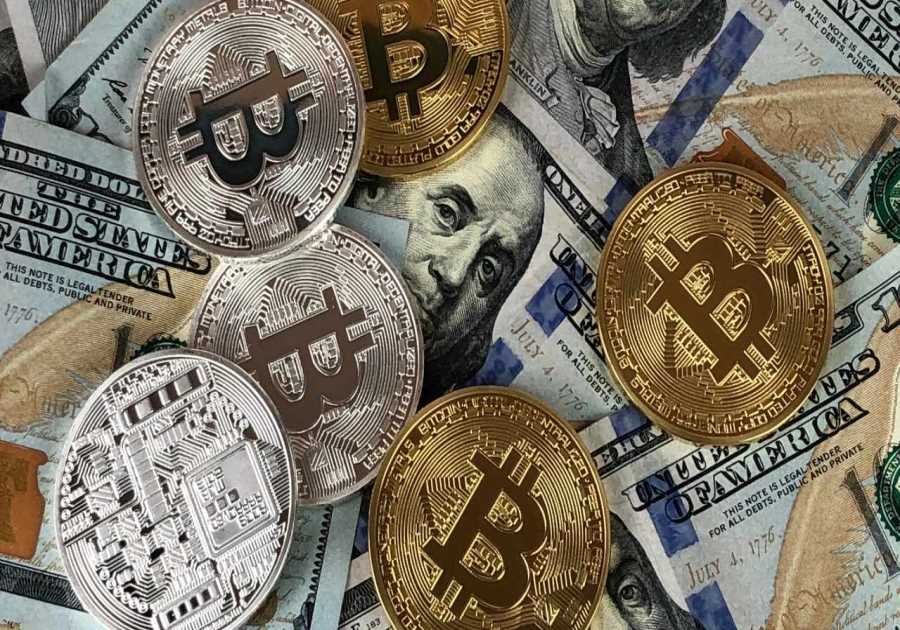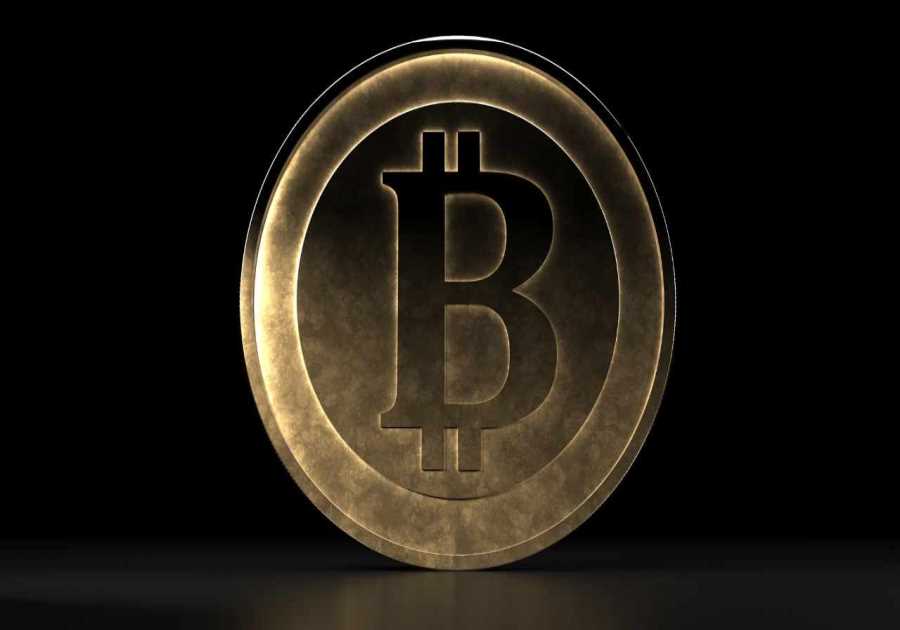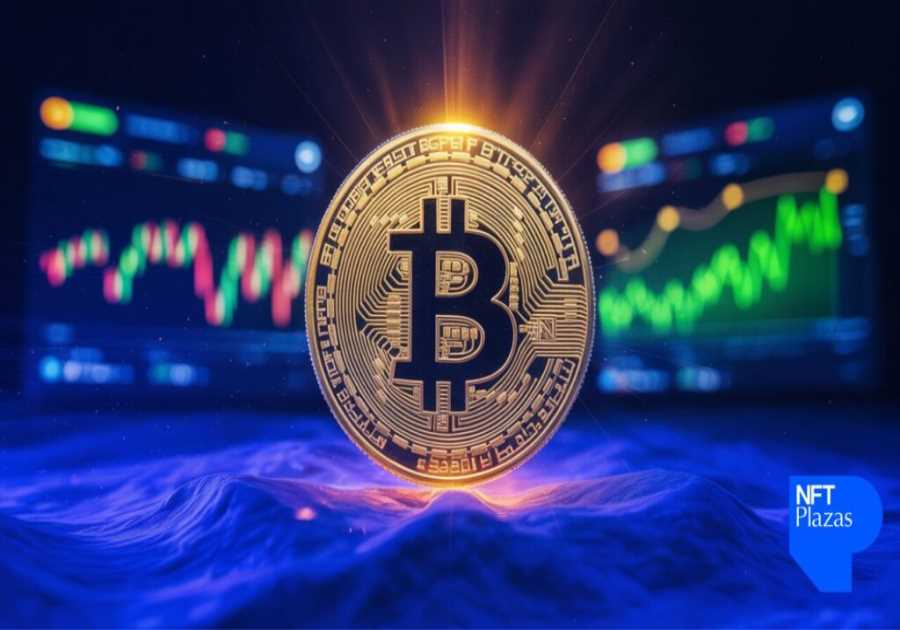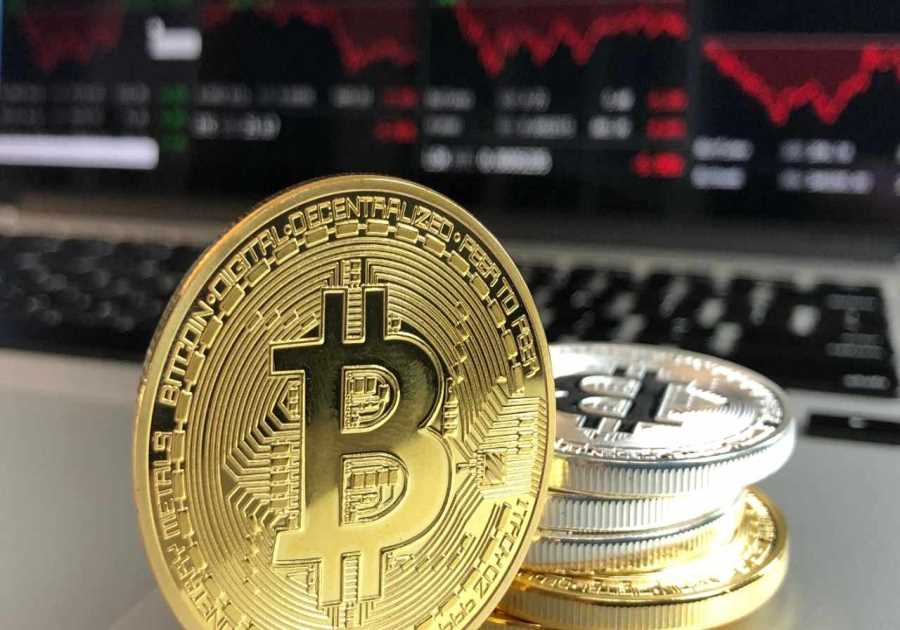Recently, the Cardano blockchain ecosystem and decentralized platform have experienced an unprecedentedly high percentage of load pressure, which has led to raised questions and concerns from the blockchain community.
At the same time, its native token ADA’s price has struggled for months and has yet to record any significant gains and upside movements in the cryptocurrency markets.
Yesterday, a report analysis made by the cofounder of dcSpark and contributor to the Cardano blockchain clearly reflected where the blockchain platform is in terms of transaction load and what it means for users.
Cardano Is Currently At 94% Load, Only 6% Left-What To Expect
Sebastien Guillemot, the co-founder of dcSpark and Cardano contributor, recently highlighted a concern about the ADA blockchain network ecosystem.
Related Reading: Bitcoin Block 788695: The Day Transaction Fees Took The Crown
In a tweet yesterday, Guillemot stated that the Cardano blockchain network is currently at a 94% load, with only 6% left until it reaches max capacity.
Cardano is currently at 94% load!
Only 6% left until Cardano is at max capacity
What does that mean, and how can you be prepared
pic.twitter.com/1TZsIUg10N— Sebastien Guillemot (@SebastienGllmt) May 8, 2023
According to Guillemot, if the load reaches max capacity at 100%, transactions initiated by each user on the blockchain will be queued up alongside other users’ transactions.
No “Cardano node implements transaction prioritization,” he said, and as such, each user’s transactions will be processed on a first-come, first-served model.
Guillemot further stated that this could mean longer wait times for transactions to show up on-chain, and in extreme cases, user transactions may never make it to the blockchain. The result of this, he said, is caused by light wallet Mempools hitting maximum capacity than it can hold.
Related Reading: Ethereum Gas Fees Skyrocket: What Does It Mean For Investors?
Another thing users can expect when Cardano hits 100% max capacity is the likelihood of staking pools selling priority access to decentralized applications (dApps) and even to some users.
Guillemot urged that when staking pools start selling priority access to select DEXs and dApps, it would be a good time for users to pay attention to how this move impacts one DEX to another and in choosing which DEX is suitable to leverage at any given time.
Way Forward To Scalability
While Cardano nears max capacity, the dcSpark co-founder has suggested how to scale and reduce load pressure on the blockchain, having touched on what users can expect if it happens.
Guillemot had listed several ways to scale the blockchain, including increasing block sizes and migrating more decentralized applications (dApps) to Plutus V2.
He also suggested using sidechains and layer 2 blockchains to shoulder traffic off layer 1 and developing a data availability layer to transfer more data off layer 1 so that there is ample room for more blocks.
At press time, ADA trades at $0.363, a 0.91% increase from its daily low.
Read More
By: Mudiaga Iritare
Title: Only 6% Left Until Cardano Hits Max Capacity, What This Means For ADA
Sourced From: www.newsbtc.com/news/cardano/only-6-left-until-cardano-hits-max-capacity-what-this-means-for-ada/
Published Date: Tue, 09 May 2023 18:20:41 +0000
----------------------------
Did you miss our previous article...
https://trendingincrypto.com/crypto-news/polygon-matic-falls-under-bearish-pressure-is-it-a-good-time-to-invest
.png)






